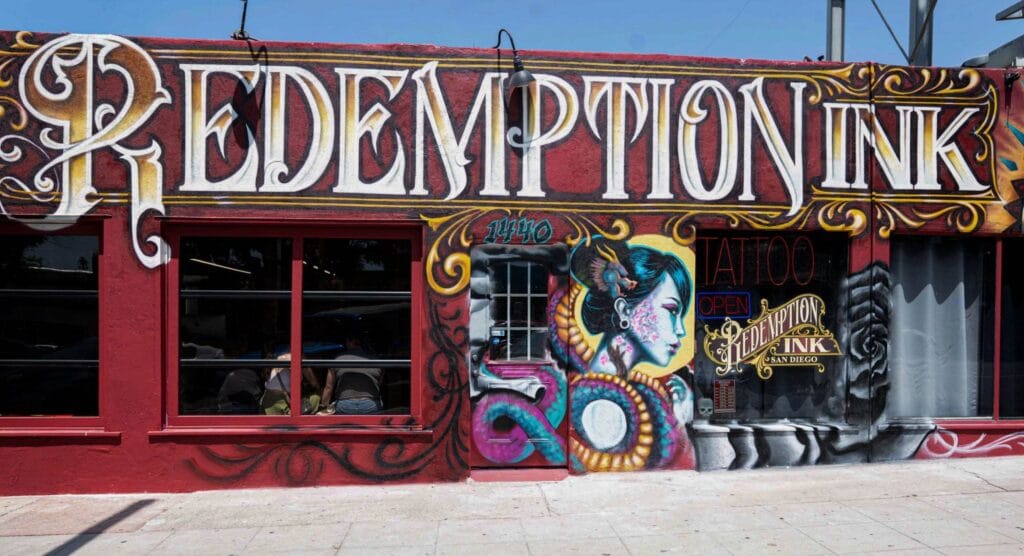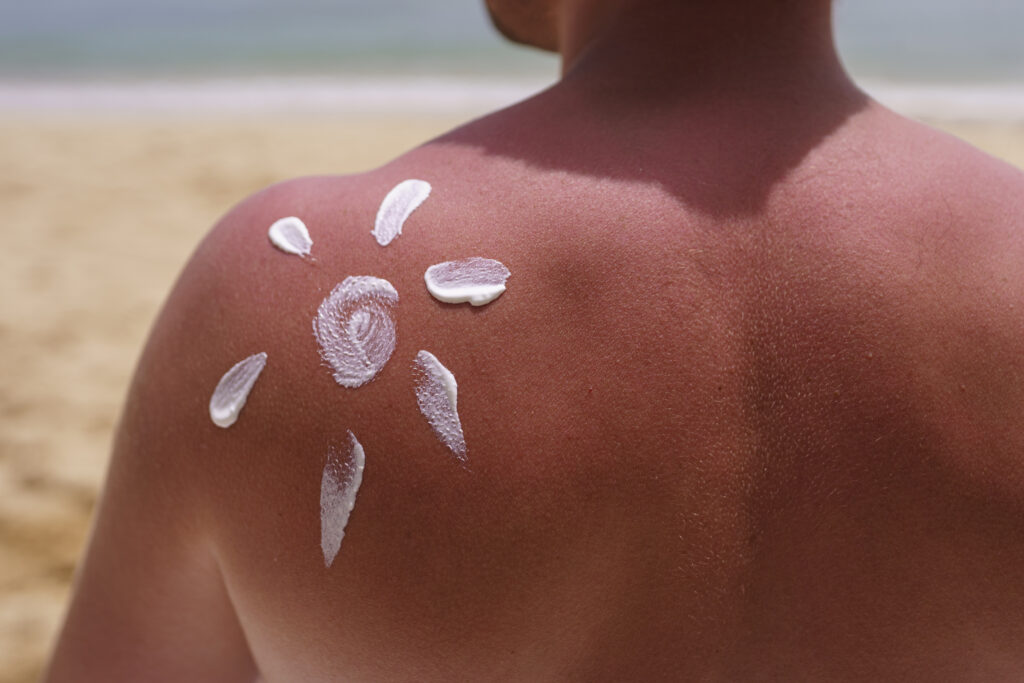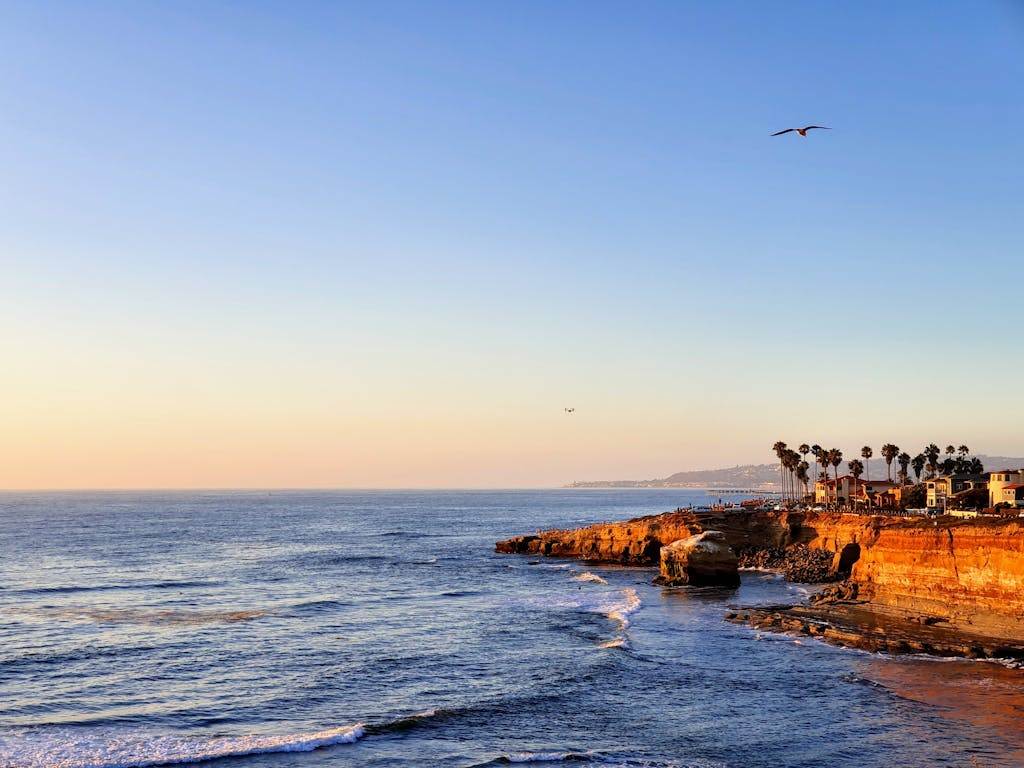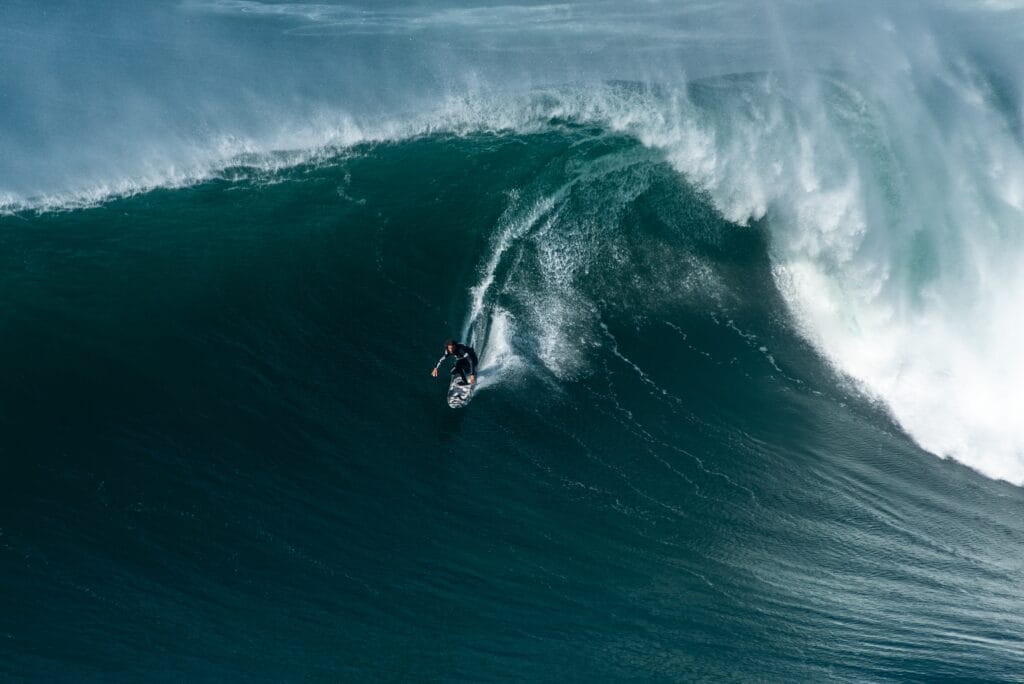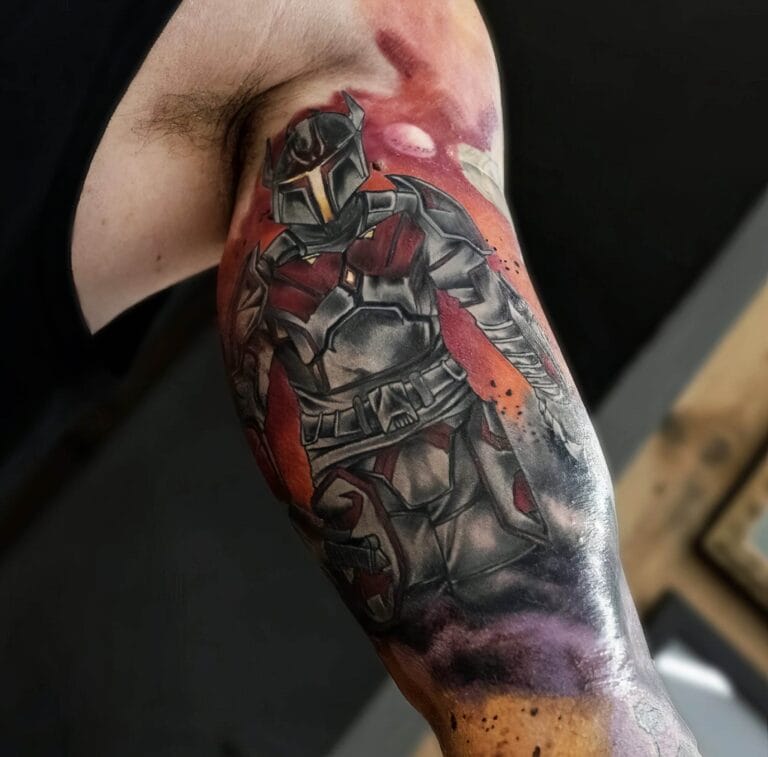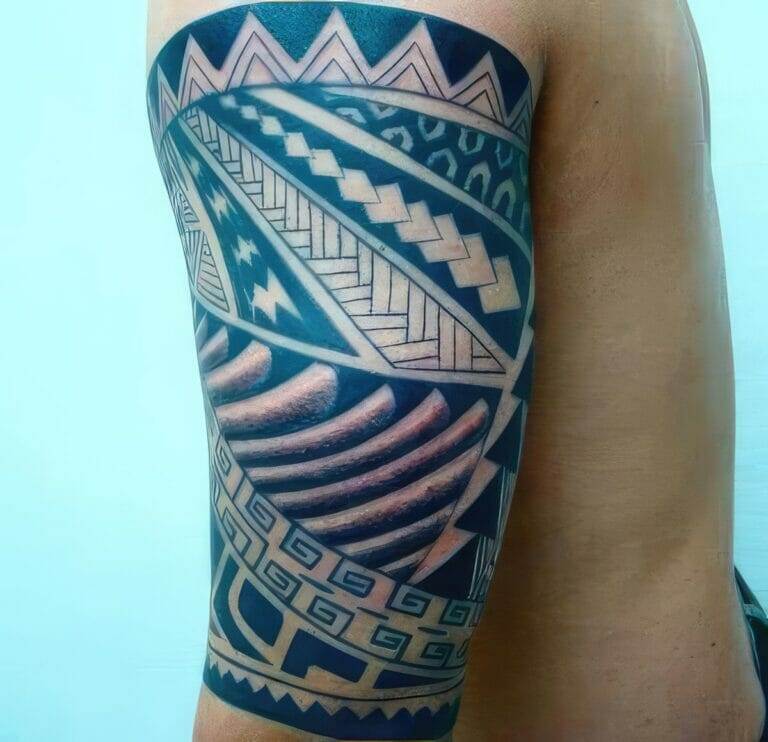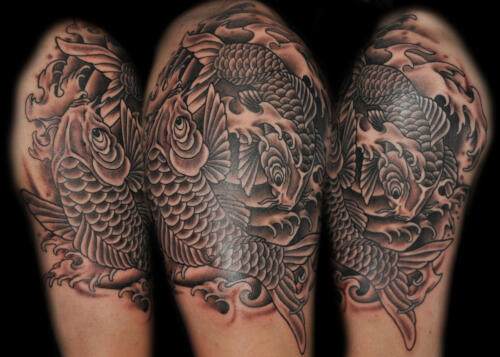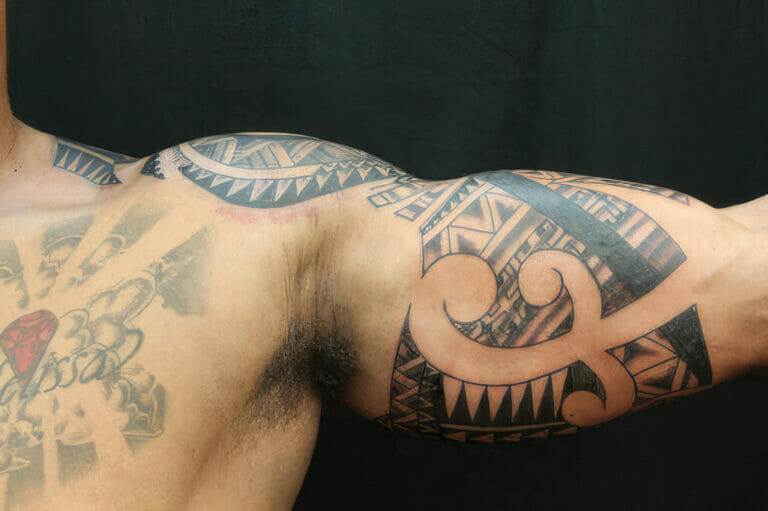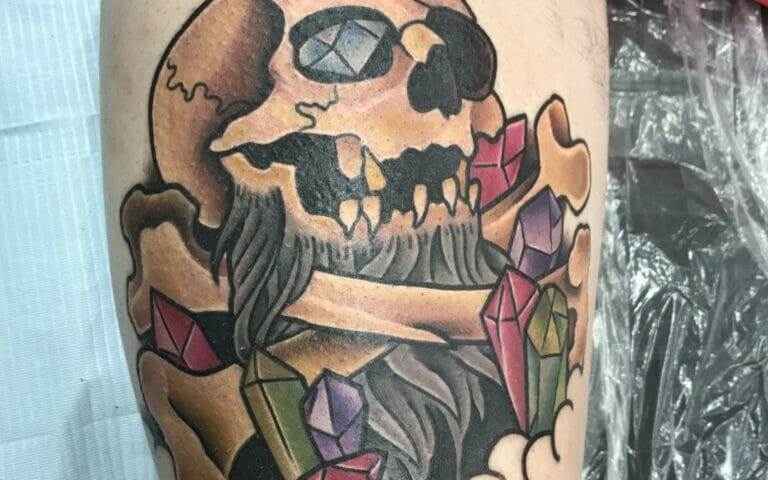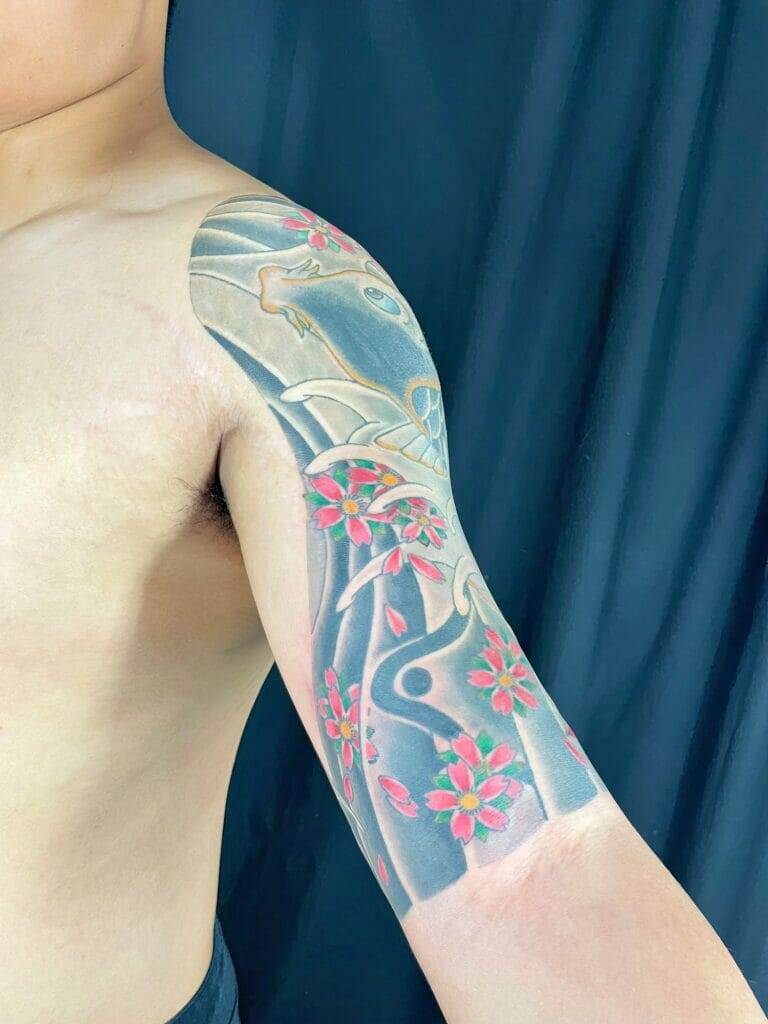
Ultraviolet (UV) radiation is a powerful force that can significantly impact the vibrancy and longevity of colors in various materials. This invisible light, emitted by the sun, can penetrate surfaces and cause chemical reactions that lead to fading and discoloration. The intensity of UV radiation varies depending on factors such as geographic location, time of year, and even the time of day.
For instance, colors exposed to direct sunlight for prolonged periods are more susceptible to fading than those shielded from UV rays. This phenomenon is particularly evident in outdoor settings where textiles, paints, and other materials are regularly subjected to sunlight. The effects of UV radiation are not uniform across all colors.
Darker shades tend to absorb more UV light, which can accelerate the fading process. Conversely, lighter colors may reflect some of the UV rays but are still vulnerable to degradation over time. This degradation can manifest as a loss of vibrancy, dullness, or even complete color change.
Understanding these dynamics is crucial for anyone looking to preserve the aesthetic appeal of their belongings, whether they are outdoor furniture, artwork, or even clothing. By recognizing how UV radiation interacts with colors, individuals can take proactive steps to mitigate its damaging effects.
Key Takeaways
- UV radiation can cause colors to fade over time, especially in outdoor settings.
- Choosing fade-resistant materials and fabrics can help prolong the vibrancy of colors.
- Proper maintenance and cleaning techniques can prevent color fading and damage.
- Utilizing protective coatings and treatments can provide an extra layer of defense against UV radiation.
- Implementing shade and covering solutions can help reduce the exposure of colors to UV radiation.
Choosing Fade-Resistant Materials and Fabrics
When it comes to selecting materials that will withstand the test of time against UV radiation, it is essential to prioritize fade-resistant options. Many manufacturers now produce fabrics specifically designed to resist fading caused by sun exposure. These materials often incorporate special dyes and treatments that enhance their durability against UV rays.
For instance, solution-dyed acrylic fabrics are known for their exceptional colorfastness and resistance to fading, making them ideal for outdoor furniture and awnings. In addition to fabrics, other materials such as paints and coatings can also be chosen for their fade-resistant properties. High-quality exterior paints often contain UV inhibitors that help protect surfaces from the sun’s harmful rays.
When selecting materials for any project, whether it be home decor or landscaping, it is wise to consider not only the aesthetic appeal but also the long-term performance of these materials in relation to UV exposure. By investing in fade-resistant options from the outset, individuals can save themselves from the hassle and expense of frequent replacements or touch-ups.


Proper Maintenance and Cleaning Techniques
Proper maintenance plays a pivotal role in preserving the vibrancy of colors exposed to UV radiation. Regular cleaning can help remove dirt and grime that may contribute to discoloration over time. For fabrics, this often means following specific washing instructions to avoid damaging the fibers or fading the colors.
Using mild detergents and avoiding bleach can help maintain the integrity of the fabric while ensuring it remains clean and vibrant. In addition to cleaning, periodic inspections of items exposed to sunlight are essential. This allows for early detection of any signs of fading or damage, enabling timely intervention before the problem escalates.
For instance, if outdoor furniture begins to show signs of wear, applying a protective coating or moving it to a shaded area can help prolong its lifespan. By adopting a proactive approach to maintenance, individuals can significantly enhance the durability of their colors against the relentless effects of UV radiation.
Utilizing Protective Coatings and Treatments
Protective coatings and treatments serve as an effective barrier against UV radiation, helping to preserve color integrity over time. These products are designed to be applied directly onto surfaces such as wood, metal, or fabric, creating a shield that reflects harmful rays while allowing the material to breathe. For example, UV-blocking sprays can be used on outdoor fabrics to enhance their resistance to fading without altering their texture or appearance.
In addition to sprays, there are also specialized sealants available for various surfaces that provide long-lasting protection against UV damage. These sealants not only help maintain color but also offer additional benefits such as water resistance and protection against mold and mildew. By incorporating protective coatings into regular maintenance routines, individuals can significantly extend the life of their items while keeping colors vibrant and true.
Implementing Shade and Covering Solutions
One of the most effective strategies for preventing color fading due to UV exposure is implementing shade and covering solutions. This can range from simple measures like using umbrellas or awnings over outdoor furniture to more permanent structures such as pergolas or shade sails. By creating shaded areas, individuals can significantly reduce direct sunlight exposure on their belongings, thereby minimizing the risk of fading.
In addition to providing shade for furniture and textiles, these solutions can also enhance outdoor living spaces by creating comfortable areas for relaxation and entertainment. The aesthetic appeal of shade structures can complement existing decor while serving a functional purpose. By thoughtfully integrating shade solutions into outdoor environments, individuals not only protect their investments but also enhance their overall enjoyment of these spaces.
Using UV-Protective Window Films and Coverings
For indoor spaces that receive ample sunlight, utilizing UV-protective window films and coverings can be an effective way to combat color fading. These films are designed to block a significant percentage of harmful UV rays while still allowing natural light to filter through. By applying these films to windows, individuals can create a more controlled environment that helps preserve the colors of furnishings, artwork, and flooring.
In addition to window films, other options such as blackout curtains or shades can further reduce UV exposure indoors. These coverings not only provide privacy but also act as an additional layer of protection against fading caused by sunlight. By combining various window treatments with UV-blocking capabilities, individuals can create a comprehensive strategy for safeguarding their interior spaces from the damaging effects of UV radiation.
Incorporating UV-Resistant Plantings and Landscaping
When considering outdoor spaces, incorporating UV-resistant plantings and landscaping elements can contribute significantly to color preservation efforts. Certain plants are naturally more resilient to sun exposure and can thrive in bright conditions without losing their vibrancy. By selecting these types of plants for gardens or landscaping projects, individuals can create visually appealing environments that require less maintenance in terms of color preservation.
Additionally, strategic landscaping can provide natural shade for other elements within the space. Trees and larger shrubs can act as natural barriers against direct sunlight, protecting nearby furniture or decorative items from fading. By thoughtfully planning landscaping with an emphasis on UV resistance, individuals can create sustainable outdoor environments that not only look beautiful but also stand the test of time against sun damage.
Regular Monitoring and Evaluation of Color Fading Prevention Measures
Finally, regular monitoring and evaluation of color fading prevention measures are essential for ensuring long-term effectiveness. This involves periodically assessing the condition of items exposed to sunlight and determining whether current strategies are yielding desired results. For instance, if certain fabrics continue to fade despite protective measures being in place, it may be necessary to explore alternative materials or additional protective treatments.
Moreover, keeping a record of maintenance activities and any changes made can help identify patterns or areas needing improvement over time. This proactive approach allows individuals to adapt their strategies based on observed outcomes, ensuring that their efforts remain effective in combating color fading due to UV radiation. By committing to ongoing evaluation and adjustment of prevention measures, individuals can safeguard their investments while enjoying vibrant colors for years to come.
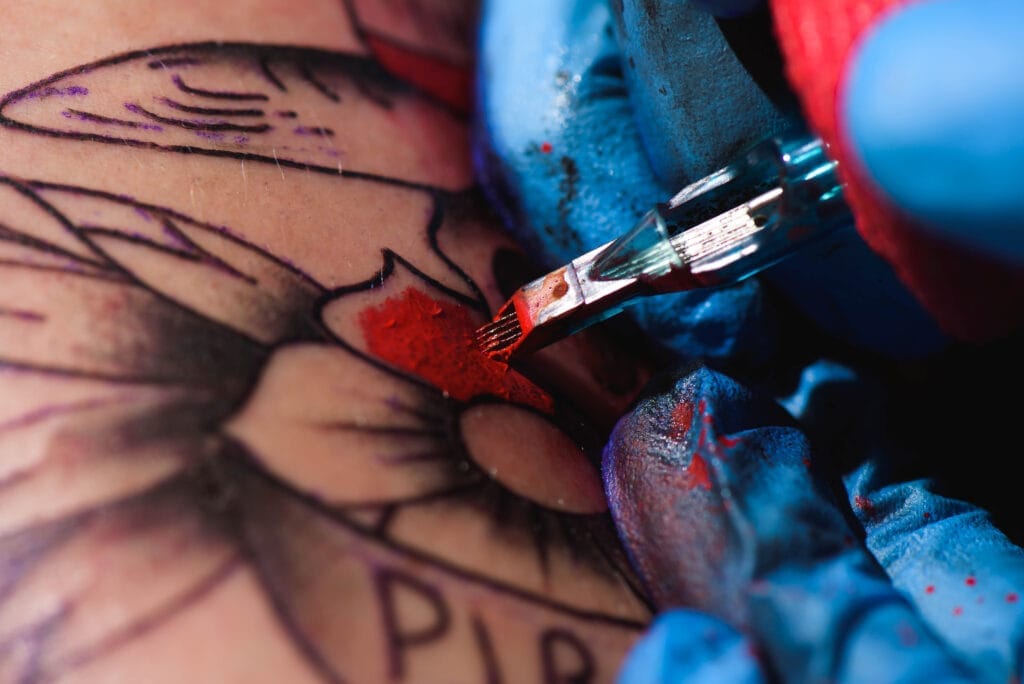
FAQs
What is color fading?
Color fading refers to the loss of color intensity in materials such as fabrics, paints, and plastics due to exposure to various environmental factors, including sunlight, heat, and pollution.
What causes color fading in high UV index areas?
Color fading in high UV index areas is primarily caused by the damaging effects of ultraviolet (UV) radiation from the sun. UV rays can break down the chemical bonds in dyes and pigments, leading to a loss of color intensity.
How can color fading be prevented in high UV index areas?
Color fading in high UV index areas can be prevented by using UV-resistant materials, applying protective coatings or treatments, and minimizing direct sunlight exposure through shading or UV-protective window films.
What are some UV-resistant materials for preventing color fading?
UV-resistant materials for preventing color fading include specially formulated fabrics, paints, and plastics that are designed to withstand prolonged exposure to UV radiation without losing their color intensity.
What are some protective coatings or treatments for preventing color fading?
Protective coatings or treatments for preventing color fading include UV-blocking sprays, clear sealants, and UV-resistant varnishes that can be applied to surfaces to create a barrier against UV radiation.
How effective are UV-protective window films in preventing color fading?
UV-protective window films are highly effective in preventing color fading by blocking a significant portion of the UV radiation that enters through windows, thus reducing the exposure of indoor materials to damaging UV rays.
Are there any other strategies for preventing color fading in high UV index areas?
Other strategies for preventing color fading in high UV index areas include using awnings or shades to block direct sunlight, rotating or repositioning items to minimize UV exposure, and storing items in UV-protective containers or covers when not in use.
